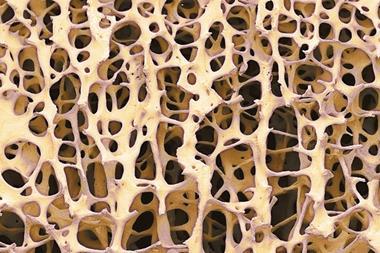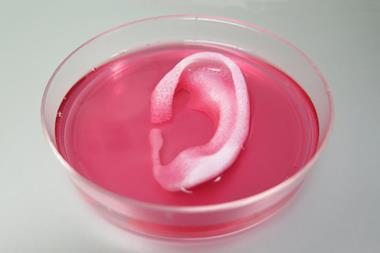Garlic, ginger and chilli swapped for fibroblast cells
A potential tissue-engineering scaffold cooked up by scientists in China has tofu as its central ingredient. The bean curd’s nutrient content and porous structure means it can support growing cells, then be implanted without causing toxicity issues.

Extracellular matrix mimics for growing cells for transplantation need to be nontoxic, biocompatible and biodegradable in the body. Reasoning that foods should tick those boxes, Zhipeng Gu and Jun Wu from Sun Yat-sen University, and their colleagues, decided to test tofu as a tissue scaffold.

The team found that freeze-dried tofu could support the growth of fibroblast cells. Soybeans, from which tofu is made, are a rich source of vitamins and minerals, and contain almost all of the essential amino acids. The researchers suggest that pores within the tofu facilitated nutrient transfer to the cells and that the pores’ rough texture promoted cellular adhesion.
The team successfully transplanted the fibroblast cells and scaffold into the subcutaneous submucosal layer of rats and the transplant showed good biocompatibility and biological integration with tissues surrounding the implantation site.
The researchers suggest that cells grown on tofu scaffolds could find use in wound healing.
References
This article is free to access until 19 April 2018
J Huang et al, J. Mater. Chem. B, 2018, 6, 1328 (DOI: 10.1039/c7tb02852k)












No comments yet